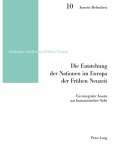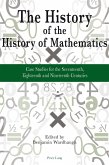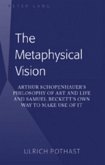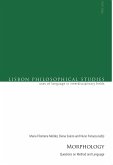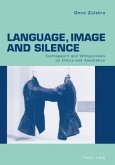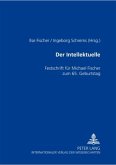This study is an original approach to the notion of "golden mean" in eighteenth-century culture. It bravely combines intellectual history and material history, spanning the fields of philosophy, aesthetics, painting, sociology, optics, music, theater and garden history in an effort to cross the borders of academic writing, in the stylistic treatment of the subject. Giancarlo Carabelli examines the "golden mean" both in one of the highlights of Enlightenment philosophy - David Hume's essays and his discussion of the middle station of life and of the standard of taste - and in a modest artifact, "intermediate structure" par excellence: the invisible fence of the ha-ha, that magical "middle," that "simple enchantment," as Walpole called it, that was typical of eighteenth-century "modern garden".
Bitte wählen Sie Ihr Anliegen aus.
Rechnungen
Retourenschein anfordern
Bestellstatus
Storno


